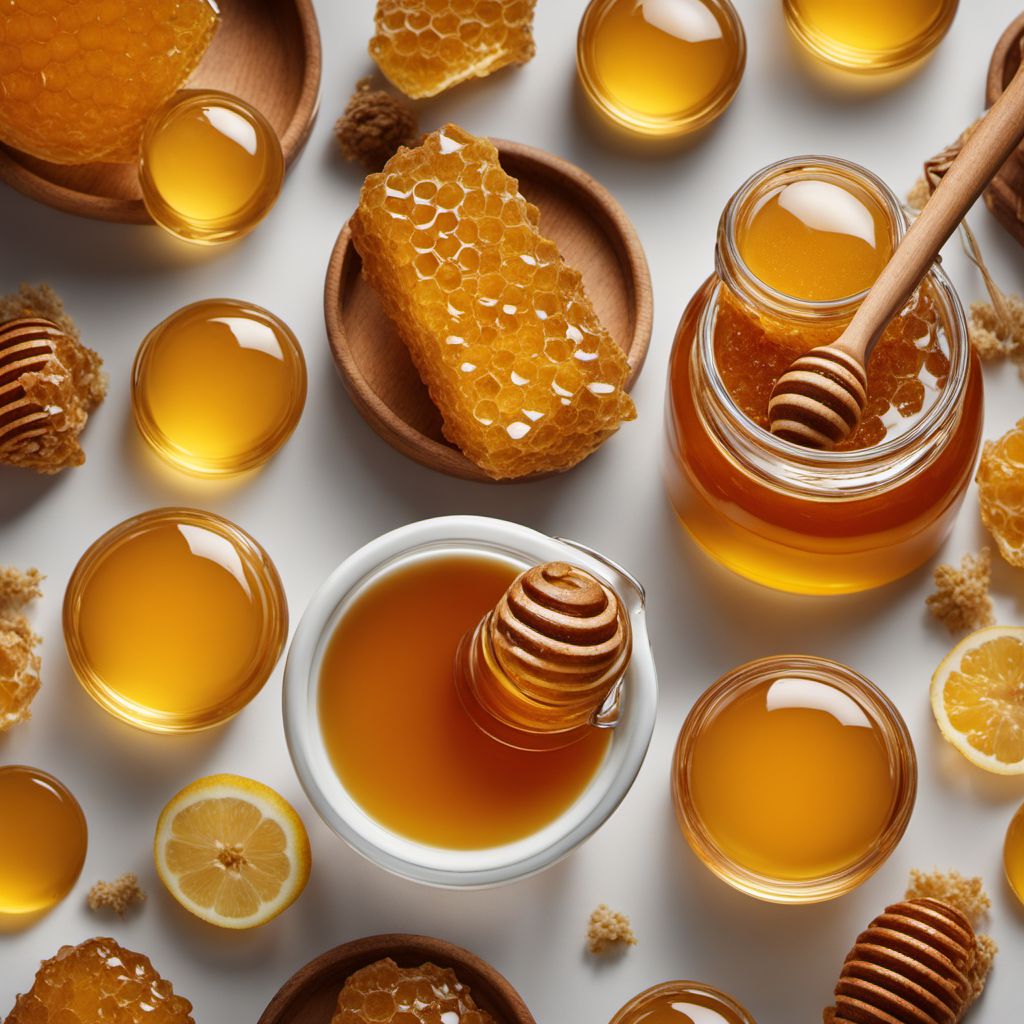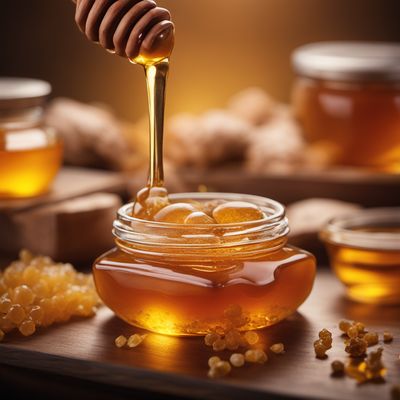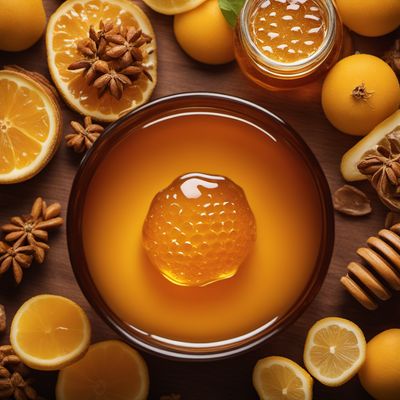
Ingredient
Minor honey types
The Hidden Gems of the Beehive
Minor honey types come in a wide range of flavors, from floral and fruity to earthy and herbal. They vary in color, viscosity, and crystallization tendencies, and their appearance can range from pale golden to dark amber. These honeys have a smooth and velvety texture, and their taste can be mild, robust, or even slightly tangy depending on the type.
Origins and history
Minor honey types have a rich history and cultural significance in different regions around the world. They are often produced by local beekeepers who specialize in specific floral sources or geographical areas. These honeys are cherished for their unique flavors and are used in traditional recipes and remedies.
Nutritional information
Minor honey types are a natural sweetener that contains essential vitamins, minerals, and antioxidants. They are lower in calories compared to refined sugars and offer potential health benefits, depending on the floral sources and processing methods.
Allergens
Minor honey types may contain allergens such as pollen, which can trigger allergic reactions in individuals with pollen allergies. It is important to be cautious and consult with a healthcare professional if you have known allergies.
How to select
When selecting minor honey types, look for products that are labeled as pure and raw. Opt for locally sourced honey whenever possible to support local beekeepers and ensure freshness. Consider the flavor profile and viscosity that best suits your culinary needs.
Storage recommendations
To maintain the quality of minor honey types, store them in a cool and dry place away from direct sunlight. Avoid exposing the honey to extreme temperatures, as this can affect its texture and flavor. Proper storage can help preserve the honey's freshness and prevent crystallization.
How to produce
Producing minor honey types requires expertise in beekeeping and an understanding of the specific floral sources or geographical areas that contribute to the honey's unique flavor. Amateur beekeepers can start by learning the basics of beekeeping and gradually expand their knowledge and skills.
Preparation tips
Minor honey types can be used in a variety of culinary applications, such as drizzling over yogurt or oatmeal, sweetening beverages, or incorporating into salad dressings and marinades. They can also be used in baking to add depth of flavor to cakes, cookies, and breads.
Culinary uses
Minor honey types are commonly available in local farmers markets, specialty food stores, or directly from beekeepers. The availability may vary depending on the region and the specific floral sources.


